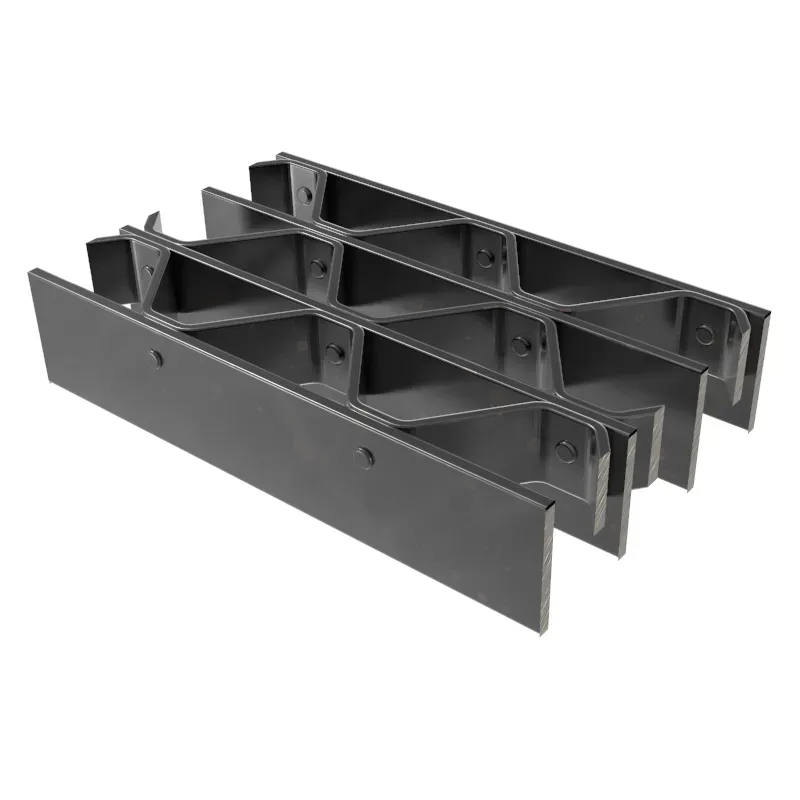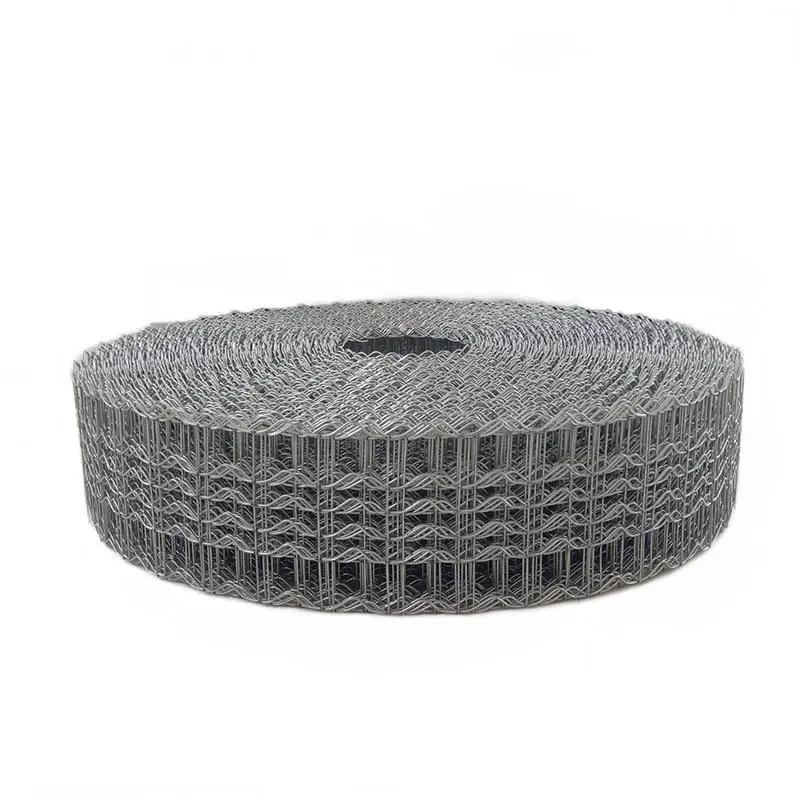- Industrial zone, South of Anping Town, Hengshui, Hebei, China.
- sales@hfpetromesh.com
- +86-18931809706
 Afrikaans
Afrikaans  Albanian
Albanian  Amharic
Amharic  Arabic
Arabic  Armenian
Armenian  Azerbaijani
Azerbaijani  Basque
Basque  Belarusian
Belarusian  Bengali
Bengali  Bosnian
Bosnian  Bulgarian
Bulgarian  Catalan
Catalan  Cebuano
Cebuano  Corsican
Corsican  Croatian
Croatian  Czech
Czech  Danish
Danish  Dutch
Dutch  English
English  Esperanto
Esperanto  Estonian
Estonian  Finnish
Finnish  French
French  Frisian
Frisian  Galician
Galician  Georgian
Georgian  German
German  Greek
Greek  Gujarati
Gujarati  Haitian Creole
Haitian Creole  hausa
hausa  hawaiian
hawaiian  Hebrew
Hebrew  Hindi
Hindi  Miao
Miao  Hungarian
Hungarian  Icelandic
Icelandic  igbo
igbo  Indonesian
Indonesian  irish
irish  Italian
Italian  Japanese
Japanese  Javanese
Javanese  Kannada
Kannada  kazakh
kazakh  Khmer
Khmer  Rwandese
Rwandese  Korean
Korean  Kurdish
Kurdish  Kyrgyz
Kyrgyz  Lao
Lao  Latin
Latin  Latvian
Latvian  Lithuanian
Lithuanian  Luxembourgish
Luxembourgish  Macedonian
Macedonian  Malgashi
Malgashi  Malay
Malay  Malayalam
Malayalam  Maltese
Maltese  Maori
Maori  Marathi
Marathi  Mongolian
Mongolian  Myanmar
Myanmar  Nepali
Nepali  Norwegian
Norwegian  Norwegian
Norwegian  Occitan
Occitan  Pashto
Pashto  Persian
Persian  Polish
Polish  Portuguese
Portuguese  Punjabi
Punjabi  Romanian
Romanian  Russian
Russian  Samoan
Samoan  Scottish Gaelic
Scottish Gaelic  Serbian
Serbian  Sesotho
Sesotho  Shona
Shona  Sindhi
Sindhi  Sinhala
Sinhala  Slovak
Slovak  Slovenian
Slovenian  Somali
Somali  Spanish
Spanish  Sundanese
Sundanese  Swahili
Swahili  Swedish
Swedish  Tagalog
Tagalog  Tajik
Tajik  Tamil
Tamil  Tatar
Tatar  Telugu
Telugu  Thai
Thai  Turkish
Turkish  Turkmen
Turkmen  Ukrainian
Ukrainian  Urdu
Urdu  Uighur
Uighur  Uzbek
Uzbek  Vietnamese
Vietnamese  Welsh
Welsh  Bantu
Bantu  Yiddish
Yiddish  Yoruba
Yoruba  Zulu
Zulu
- Afrikaans
- Albanian
- Amharic
- Arabic
- Armenian
- Azerbaijani
- Basque
- Belarusian
- Bengali
- Bosnian
- Bulgarian
- Catalan
- Cebuano
- Corsican
- Croatian
- Czech
- Danish
- Dutch
- English
- Esperanto
- Estonian
- Finnish
- French
- Frisian
- Galician
- Georgian
- German
- Greek
- Gujarati
- Haitian Creole
- hausa
- hawaiian
- Hebrew
- Hindi
- Miao
- Hungarian
- Icelandic
- igbo
- Indonesian
- irish
- Italian
- Japanese
- Javanese
- Kannada
- kazakh
- Khmer
- Rwandese
- Korean
- Kurdish
- Kyrgyz
- Lao
- Latin
- Latvian
- Lithuanian
- Luxembourgish
- Macedonian
- Malgashi
- Malay
- Malayalam
- Maltese
- Maori
- Marathi
- Mongolian
- Myanmar
- Nepali
- Norwegian
- Norwegian
- Occitan
- Pashto
- Persian
- Polish
- Portuguese
- Punjabi
- Romanian
- Russian
- Samoan
- Scottish Gaelic
- Serbian
- Sesotho
- Shona
- Sindhi
- Sinhala
- Slovak
- Slovenian
- Somali
- Spanish
- Sundanese
- Swahili
- Swedish
- Tagalog
- Tajik
- Tamil
- Tatar
- Telugu
- Thai
- Turkish
- Turkmen
- Ukrainian
- Urdu
- Uighur
- Uzbek
- Vietnamese
- Welsh
- Bantu
- Yiddish
- Yoruba
- Zulu
Borden Steel Grating - High-Strength & Durable Industrial Solutions
This blog provides an in-depth exploration of steel grating
, focusing on technical specifications, manufacturing expertise, and application-driven solutions. Below is a structured overview of the content:
- Understanding Steel Grating Material and Its Industrial Significance
- Technical Advantages: Load Capacity and Durability
- Manufacturer Comparison: Borden Steel Grating vs. Greatweld Steel Grating
- Customization Options for Specific Use Cases
- Real-World Applications and Performance Metrics
- Maintenance Best Practices
- Why Steel Grating Solutions Are Essential for Modern Infrastructure

(steel grating)
Understanding Steel Grating Material and Its Industrial Significance
Steel grating, a framework of cross-connected load-bearing bars, is engineered to deliver exceptional strength-to-weight ratios. Composed primarily of carbon steel, stainless steel, or aluminum alloys, its design ensures optimal airflow, drainage, and safety across industries. The Borden steel grating variant, for instance, utilizes high-yield steel to achieve 30% greater load resistance compared to standard models, making it ideal for heavy-traffic zones like oil refineries and bridges.
Technical Advantages: Load Capacity and Durability
Industrial-grade steel grating material withstands pressures up to 500 kN/m², exceeding ASTM A36 standards. Key benefits include:
- Corrosion resistance through hot-dip galvanization (75–80 µm coating).
- Slip-resistant surfaces with serrated edges, reducing workplace accidents by 40%.
- Customizable apertures (20–60 mm) for varying debris filtration needs.
Manufacturer Comparison: Borden vs. Greatweld
| Feature | Borden Steel Grating | Greatweld Steel Grating |
|---|---|---|
| Material Grade | ASTM A1011 (HSLA) | ASTM A572 (Grade 50) |
| Max Load Capacity | 550 kN/m² | 500 kN/m² |
| Anti-Corrosion | Zinc-Aluminum Coating | Epoxy Powder Coating |
| Price Range | $45–$70/m² | $40–$65/m² |
Customization Options for Specific Use Cases
Tailored steel grating solutions address unique operational demands:
- Material Selection: Stainless steel (316L) for chemical plants; aluminum for coastal areas.
- Surface Treatments: Grit-blasting, phosphating, or PVC coating for enhanced wear resistance.
- Bar Configurations: Tightly spaced bearing bars (30 mm) for pedestrian walkways vs. wider spacing (100 mm) for drainage systems.
Real-World Applications and Performance Metrics
Case studies highlight the versatility of steel grating material:
- Offshore Platform (North Sea): Borden steel grating withstood 15 years of saltwater exposure, maintaining 95% structural integrity.
- Wastewater Plant (Texas): Greatweld epoxy-coated grating reduced maintenance costs by 60% over a decade.
Maintenance Best Practices
Proactive upkeep extends service life:
- Inspect weld points biannually for stress fractures.
- Pressure-wash surfaces annually to prevent debris buildup.
- Reapply anti-corrosion coatings every 5–7 years.
Why Steel Grating Solutions Are Essential for Modern Infrastructure
From Borden steel grating’s high-tensile designs to Greatweld’s cost-efficient models, these systems ensure safety, compliance, and longevity. With 82% of industrial engineers prioritizing steel grating for new projects, its role in infrastructure development remains unparalleled.

(steel grating)
FAQS on steel grating
Q: What is Borden Steel Grating known for?
A: Borden Steel Grating is renowned for its durable welded steel construction, high load-bearing capacity, and corrosion-resistant finishes, making it ideal for industrial and architectural applications.
Q: What materials are commonly used in steel grating?
A: Steel grating is typically made from carbon steel, stainless steel, or aluminum. Carbon steel is most common due to its strength and cost-effectiveness, while stainless steel offers superior corrosion resistance.
Q: How does Greatweld Steel Grating enhance safety?
A: Greatweld Steel Grating features anti-slip serrated surfaces and robust welding techniques, ensuring slip resistance and structural integrity in high-traffic areas like walkways and platforms.
Q: Where is steel grating material commonly applied?
A: Steel grating is widely used in industrial flooring, drainage systems, stair treads, and safety barriers due to its durability, ventilation properties, and ability to withstand heavy loads.
Q: Can Borden Steel Grating be customized for specific projects?
A: Yes, Borden Steel Grating offers customizable sizes, spacing, and finishes to meet project requirements, including galvanized or powder-coated options for enhanced longevity.
-
Why Our Shaker Screen for Sale Stands Out in Every ApplicationNewsAug.08,2025
-
Unmatched Efficiency with Premium Shale Shaker Screen TechnologyNewsAug.08,2025
-
Reliable, Durable, and Cost-Effective: Press Locked Steel Grating SolutionsNewsAug.08,2025
-
Precision Strength with Welded Steel Bar GratingNewsAug.08,2025
-
Perimeter Safety Netting: The High-Strength Shield for Elevated Safety SolutionsNewsAug.08,2025
-
Maximize Performance with Steel Walkway GratingNewsAug.08,2025